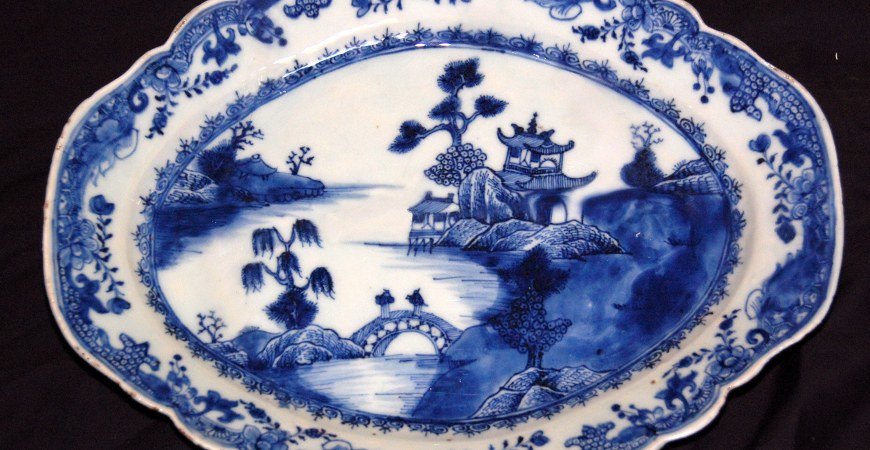
The Porcelain Section of Topkapi Palace Museum Istanbul – Chapter 1
The Porcelain Section of Topkapi Palace Museum Istanbul – Chapter 1,
One section of Topkapi Palace contains such a dazzling treasury that it has no equal anywhere in the world, and no expert can put a price to it. This is the Porcelain Section containing Chinese, Japanese, European and Turkish porcelain. Do not dismiss this section as mere porcelain. Last year the papers reported that Paris antique dealers had sold some old Seladon Chinese porcelain for hundreds of thousands of lira. Topkapi Palace contains more than 1300 pieces of Seladon porcelain, and 12 thousand pieces of Chinese porcelain, to give you some idea of the value of this collection. There is no such collection in any other country in the world, even the country of its origin China itself. Porcelain was originally a Chinese art, which spread from there to the rest of Asia and from there to Europe. Chinese porcelain became famous back in the 6th century, and the caravans which brought silk back from China began to bring porcelain too. The oldest Chinese porcelain in Topkapi Palace is the Green Seladon ware which was made between 960 -1279. Seladon is considered the world’s oldest porcelain. It is said that when any poisoned food or drink is placed in a Seladon ware vessel its color changes and it cracks. For this reason, Seladon was greatly valued in palaces as protection against poisoning, and rulers chose to eat off these dishes.
According to legend Chinese emperors lived in extreme fear of being poisoned and used to waste away and finally die of hunger from refusing to touch the food and drink placed before them. Chemists and alchemists worked for months to discover a mineral acid called “sir.” They covered the surface of dinner services with it. When poisoned food was put on the dishes they changed color and then cracked.
You will find more information about The Porcelain Section of Topkapi Palace Museum Istanbul in chapter 2.